We tested 7 different egg substitutes in our most popular baked good recipes and figured out which ones to use (and when) so that you can transform any baked good into a treat that you can safely indulge in!

Table of Contents
- What role do eggs play in baked goods?
- How much egg substitute do I add to replace an egg?
- How to Make a Flaxseed Egg
- How to Make a Chia Egg
- How to Use Applesauce as an Egg Substitute
- Bob’s Red Mill Egg Substitute
- How to Use Aquafaba as an Egg Substitute
- How to Use Yogurt as an Egg Replacer
- Vinegar + Baking Soda Egg Replacer
- The Best Egg Substitute for Cookies
- The Best Egg Replacement for Brownies and Bars
- The Best Egg Replacer for Cakes and Muffins
- What to Know About Vegan Egg Substitutes
- More Dessert Recipes
One of the most frequently asked questions that we get is something along the lines of: “What can I use instead of eggs in _______ (insert baked good recipe)?”, so we decided to put the most common egg substitutes to the ultimate test to find out which one produced the *best* results.
As it turns out, there really wasn’t a clear overall winner – some of the substitutes performed beautifully when used in cookies but didn’t fare well when used in cupcakes or brownies, and some did really well in brownies, but not great in cupcakes or cookies. So, we think that the answer to this commonly asked question depends on the kind of baked good you’re cooking and your texture preferences when it comes to that specific baked good! Let’s dive in.
What role do eggs play in baked goods?
Before getting started on testing egg replacers, we first wanted to find out exactly why eggs were such an essential part of baking. It turns out that they play two roles:
- Act as a binder. Eggs function as a binder in baked goods to help them hold together. This is why so many egg replacers have a gel-like texture!
- Provide leavening. The second thing that eggs do is help baked goods rise. When we made the cupcakes and brownies this was very noticeable as most of them sunk!
Most of the egg replacers listed below are mainly focused on binding, so adding a bit of extra baking soda (1/4 teaspoon) or powder (1/2 teaspoon) can help your baked goods rise a bit more without eggs!
How much egg substitute do I add to replace an egg?
Great question! The answer to this depends entirely on which egg substitute you’re using. For example, if you’re using a flaxseed egg, you’ll need 1 tablespoon of flax meal + 3 tablespoons of water per egg, but if you’re using aquafaba (the liquid from a can of chickpeas), you’ll need 3 tablespoons of it per egg. Don’t worry, though, we’ll walk you through exactly how much of each egg substitute to use below.

How to Make a Flaxseed Egg
All you’ll need to make a flax egg is flax and water! Here’s what you need to know about flax eggs:
- Recipe: 1 egg = 1 tablespoon flax meal + 3 tablespoons water
- How to Use It: Simply mix together the water and flax meal, then let it sit for 5 minutes. Once the mixture begins to gel a bit, it’s ready to use exactly as you would use an egg.
- Works Best In: Baked goods that have strong flavors, such as brownies.
- What to know: Flax acts as a good binder, but it has a strong flavor that leaves an aftertaste in many baked goods!
How to Make a Chia Egg
Similar to a flax egg, all you’ll need in order to make a chia egg is mix chia seeds and water. This works best when you use milled chia seed instead of whole chia seeds. If you don’t have milled chia seeds on hand, you can grind your chia seeds in a coffee grinder or blender!
- Recipe: 1 egg = 1 tablespoon milled chia seed + 3 tablespoons water
- How to Use It: Mix together the chia and water, then let it sit for about 5 minutes. You’ll notice that the chia has absorbed the water and create a gel-like substance. Then, you can use it exactly as you would use an egg in any baked good!
- Works Best In: Cookies, bars, and brownies.
- What to Know: Chia has great binding capacity, but in our cake test it created a noticeable difference in color, texture, and taste, so we wouldn’t recommend it in more delicate baked goods!
How to Use Applesauce as an Egg Substitute
Applesauce is a classic egg replacer that helps provide a bit of extra moisture to baked goods.
- Recipe: 1 egg = 1/4 cup applesauce
- How to Use It: You won’t need any special methods here, just simply replace the eggs with applesauce!
- Works Best In: Cookies, cakes, and muffins.
- What to Know: Especially in lightly-flavored baked goods, like our vanilla cupcakes, the apple flavor was definitely noticeable, so you may want to use a different substitute if that bothers you! Applesauce also had the highest moisture content of all of our egg replacers, so you may want to decrease the liquid in your recipe by a tablespoon or two when using it.
Bob’s Red Mill Egg Substitute
This was the most readily-available pre-packaged egg substitute that we could find! It is made from a combination of starches, baking soda, and psyllium husk. Here’s the ratio to replace 1 egg:
- Recipe: 1 egg = 1 tablespoon egg replacer + 2 tablespoons water
- How to Use It: Once you’ve mixed the egg replacer and water and let it sit for one minute, you can use it exactly as you would an egg in any baked good.
- Works Best In: Any baked good. We loved the cookies made with this egg replacer and it produced good brownies and cake as well. This egg substitute is a great one to keep on hand!
- What to Know: We don’t have any special notes for this one! It is flavorless and provides just the right amount of moisture to baked goods.
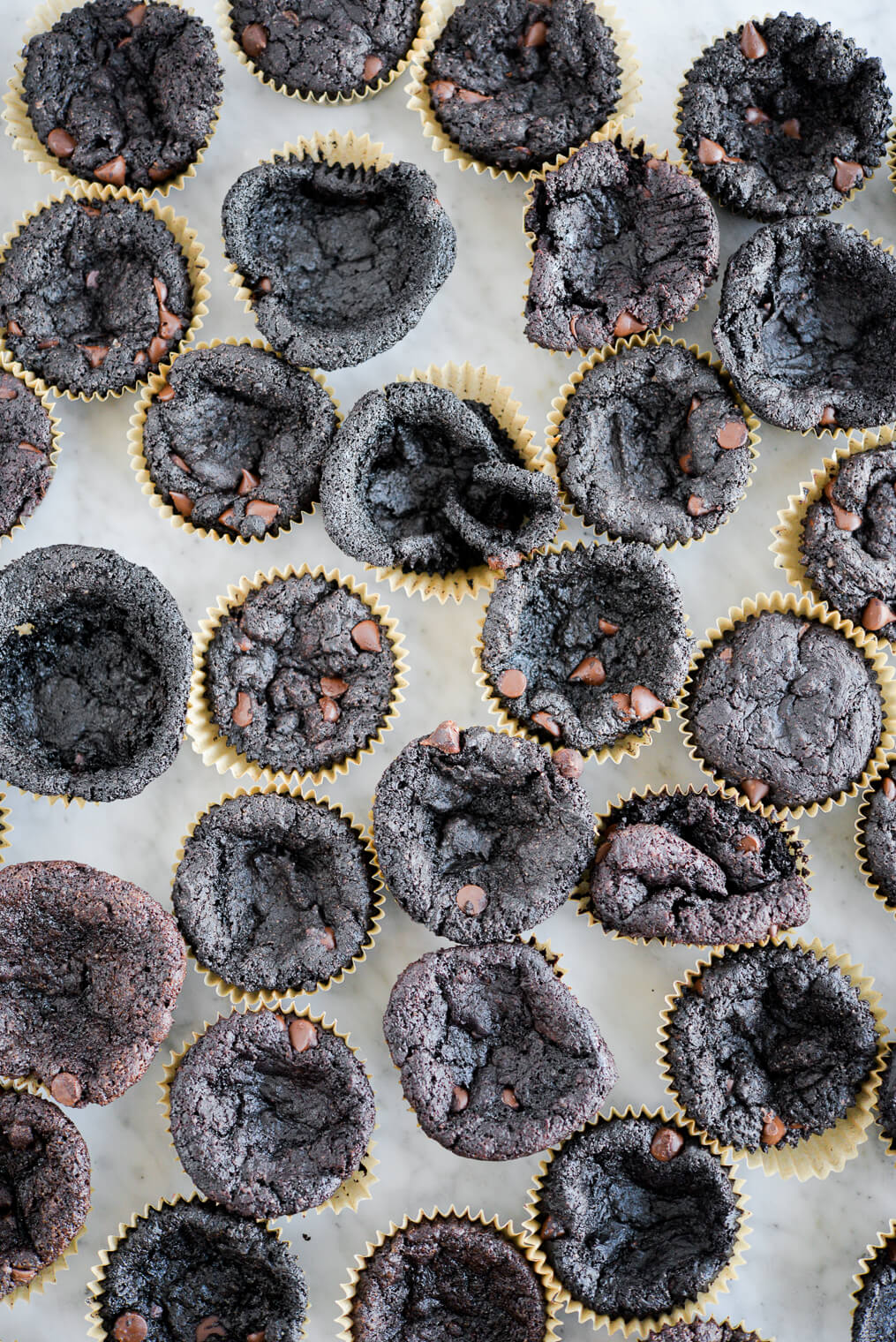
How to Use Aquafaba as an Egg Substitute
What in the world is aquafaba? Aquafaba is the liquid that’s leftover in a can of chickpeas! It has become a popular vegan egg replacer and can even be used to make mayo. How? The starches from the chickpeas soak into the water that the chickpeas are canned in to create thicker water with binding properties. Here’s how much aquafaba you’ll need to replace an egg:
- Recipe: 1 egg = 3 tablespoons aquafaba (the liquid from a can of chickpeas)
- How to Use It: Simply use the liquid as you would any egg. Aquafaba can also be whipped and used in place of egg whites!
- Works Best In: Truthfully, we didn’t actually love aquafaba as an egg replacer! While it did provide some binding, the baked goods made with it consistently ended up in the bottom of our test batches.
- What to Know: Surprisingly, no chickpea flavor came through in the desserts we tested. However, they all seemed to have too much moisture, while also having a crunchy exterior. If you use this substitute, we’d recommend reducing the liquid in your recipe by a tablespoon or two.
How to Use Yogurt as an Egg Replacer
We snuck this one in last-minute after multiple fails with brownies. Yogurt is a great egg replacer because the lactic acid in it reacts with baking soda or powder to help baked goods rise. It also adds a bit of extra fat and creates a creamier texture. After working with yogurt as an egg replacer, I’ll personally be developing more baked goods with it because I loved the texture it created!
- Recipe: 1 egg = 1/4 cup plain or Greek yogurt
- How to Use It: Simply use the yogurt in place of the egg – no prep required!
- Works Best In: Brownies, bars, muffins, and cupcakes.
- What to Know: Yogurt is the only substitute we tested that successfully replaces the richness of eggs. I gravitate towards using Greek yogurt because of its lower moisture content, but plain will work too! Just make sure you stay away from sweetened or flavored varieties.
Vinegar + Baking Soda Egg Replacer
We only used this egg replacer once, and can’t recommend it at this point! Since I was having trouble getting the cupcakes and brownies to rise, it made sense to me that adding vinegar and more baking soda to our recipe could help with the rise, but it actually had the opposite effect and created a sunken, crunchy brownie. If you’d like to try vinegar and baking soda at your own risk, here’s the ratio to replace an egg:
- Recipe: 1 egg = 1 teaspoon baking soda + 1 tablespoon apple cider or white vinegar
- How to Use It: Simply mix the baking soda and vinegar together, then use exactly as you would use an egg.
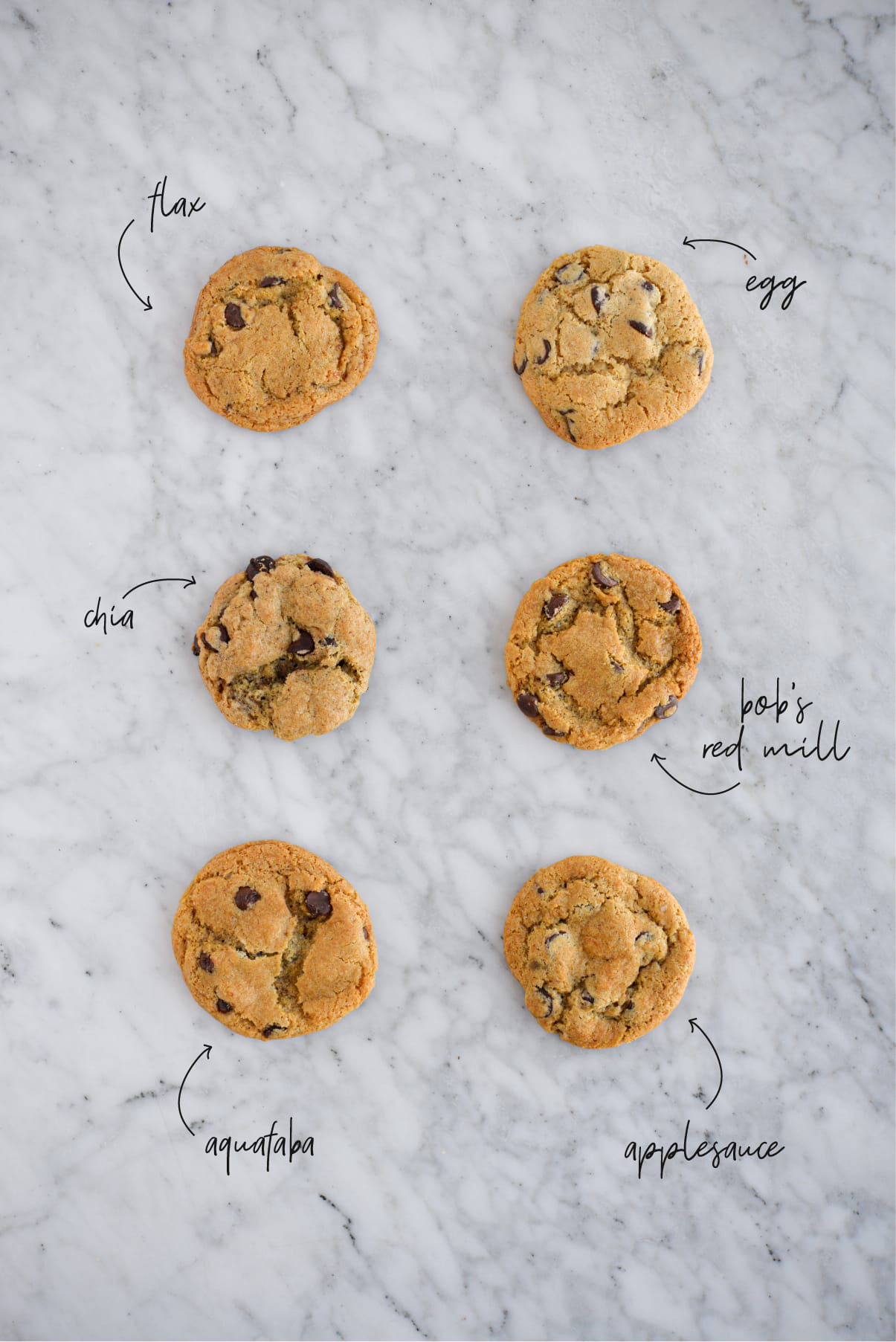
The Best Egg Substitute for Cookies
Our Chocolate Chip Cookie Recipe
For the control, we used our classic chocolate chip cookie recipe and were looking for the cookie that was the most like it: chewy, fluffy, and holds its shape while still being soft on the inside.
Egg Substitute Results
The biggest variances from cookie to cookie here were texture, taste, and size-related (some cookies spread out on the cookie sheet more than others). Here’s how the egg replacers stacked up, ranked from best to worst:
- Bob’s Red Mill Egg Replacer – this was our favorite egg substitute for our classic chocolate chip cookie recipe. These cookies were chewy (but still with a nice crunch), perfectly crisp on the outside, and had an *almost* candy-like quality.
- Chia Egg Substitute – these cookies spread the least on the cookie sheet (meaning that they were the thickest, smallest cookies), were chewy, soft, and had a slight chia flavor.
- Applesauce Egg Substitute – these chocolate chip cookies were the softest of the bunch (think: soft-baked cookie), slightly crumbly, and had a good flavor.
- Aquafaba Egg Substitute – these cookies spread the most on the cookie sheet (meaning that they were the thinnest, largest cookies), and were very crunchy all the way through with a slight chewiness.
- Flaxseed Egg Substitute – these cookies were firm on the outside but soft on the inside, not very chewy, and had a slightly odd aftertaste (we couldn’t quite put our finger on the taste!).

The Best Egg Replacement for Brownies and Bars
For this test, we were looking for the brownie that was most similar to a classic brownie: no sinking, crispy around the edges, dense, moist, and slightly fudgy.
Egg Substitute Results
When it came to replacing the eggs in brownies, we realized that there was more than just texture and taste at play. Some of the brownies we tested sunk in the middle BIG TIME (we’ve included a 0-5 rating for that, 0 being not sunken at all and 5 being the most severely sunken). Here are our findings:
- Chia + Yogurt – Sink rating: 1. After many tests, I decided that we needed a combination of binding and leavening, so I replaced one egg with chia and one with plain Greek yogurt. These brownies were soft on the inside, crispy on the outside, and had a really great flavor. These brownies were our very favorite.
- Chia Egg Substitute – Sink rating: 1. These brownies were crispy on the outside, super fudgy on the inside, and REALLY good. Plus the chocolate totally hid the chia taste that we found in the cookies!
- Plain Greek Yogurt – Sink rating: 1. This batch was very moist, slightly crumbly, tasted VERY chocolatey (more than the others!), and had a good crisp around the edges.
- Bob’s Red Mill Egg Substitute – Sink rating: 2. Bob’s Red Mill Egg Replacer made for a really good brownie. They were chewy and dense with a slight crisp around the edges.
- Flaxseed Egg Substitute – Sink rating: 2. These brownies were crisp around the edges, chewy, pretty dense, and didn’t have any funky aftertaste.
- Chia + Baking Soda – Sink rating: 3. These brownies were very crispy on the outside and super fudgy on the inside (more crispy and fudgy than the chia only brownies).
- Applesauce Egg Substitute – Sink rating: 2. These brownies were very moist, super soft, not too dense, and had a cake-like quality.
- Aquafaba Egg Substitute – Sink rating: 3. These brownies were moist, really chewy, dense, and did not have a crisp around the edges.
- Apple Cider Vinegar + Baking Soda – Sink rating: 5. These brownies were VERY crunchy (almost cookie-like), very dense, and tasted burnt and undercooked at the same time.
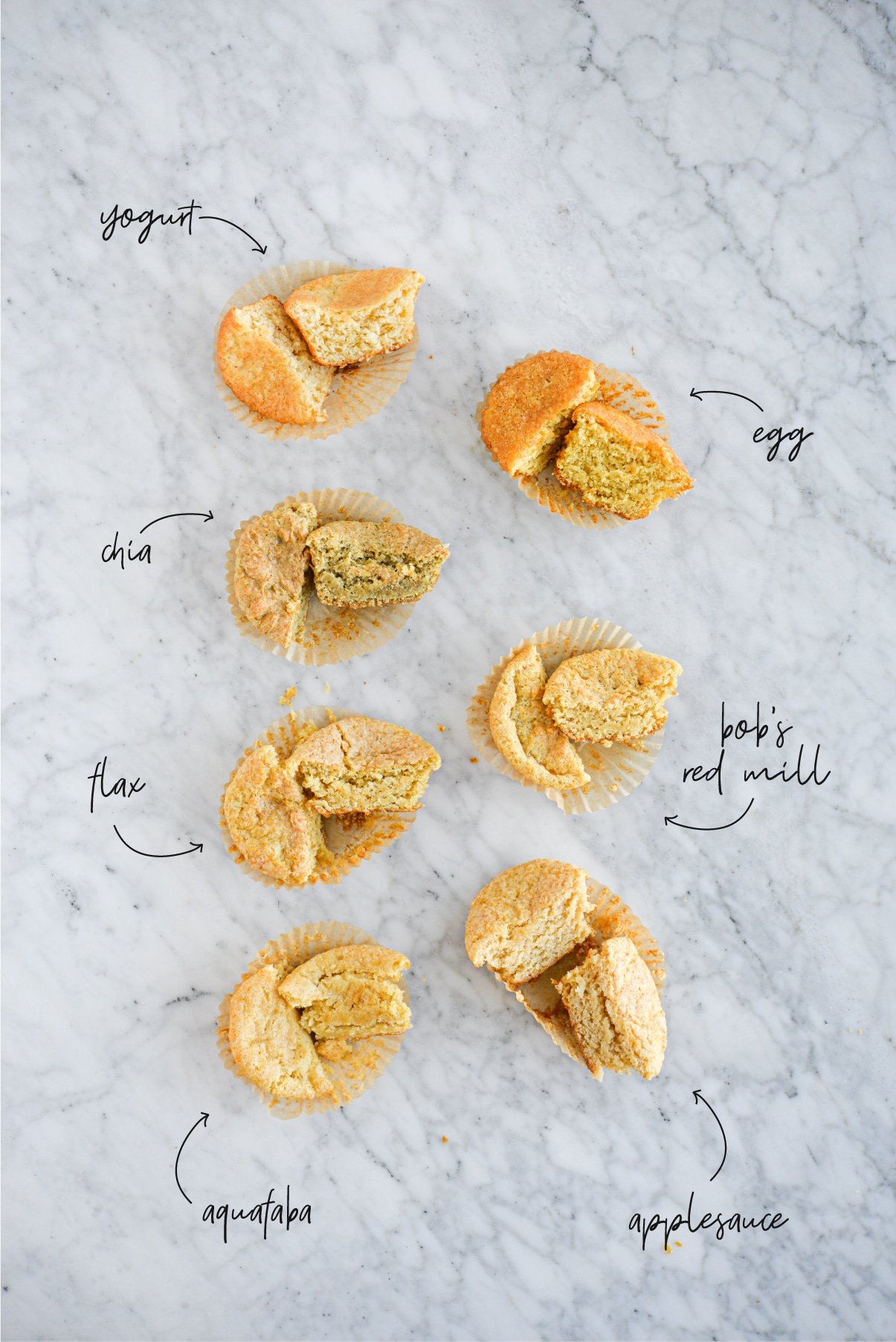
The Best Egg Replacer for Cakes and Muffins
Our Cupcake Recipe
We used our classic funfetti (sans sprinkles) recipe here and were looking for a cupcake that was just like it: fluffy, moist, and without any odd or “off” flavors.
Egg Substitute Results
When it came to cupcakes, we noticed slight differences in flavor and texture with the different egg replacers. Here’s what we found:
- Plain Greek Yogurt – these were the favorite! They were fluffy, slightly crisp on the outside, had a really delicious flavor, and held together really well. The ONLY downside of this batch was that they did sink just a tad – nothing that a little icing can’t cover up, though!
- Applesauce Egg Substitute – this batch had a slight applesauce flavor and were crispy on the outside and really soft on the inside.
- Bob’s Red Mill Egg Substitute – these cupcakes tasted (and felt) almost undercooked in the center but were crispy around the edges.
- Flaxseed Egg Substitute – these cupcakes had a slight flax flavor, a weird aftertaste, and were almost chewy in texture.
- Aquafaba Egg Substitute – this batch was super soft (almost raw) on the inside but crispy on the outside. They were also super dense.
- Chia Egg Substitute – these cupcakes were much darker in color than the rest, had a doughy, undercooked texture, and were more reminiscent of pound cake than a regular cupcake.
What happens if you bake a cake without eggs?
From this test, we discovered that if you bake a cake without eggs, you can expect that it won’t rise the same as a cake with eggs, and in fact will often sink. You also may have trouble getting it to cook all the way through!
What to Know About Vegan Egg Substitutes
The most important thing to know about using one of these egg replacers is that you can’t expect your baked good to come out exactly the same as it would if you were making it with an actual egg – but that doesn’t mean the results aren’t still delicious in their own right! Experiment to find which ones create the ideal texture for your tastebuds, and don’t be afraid to play around with the recipes. We hope that this guide takes the guesswork out of vegan (or eggless, in general) baking!
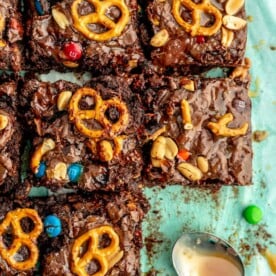
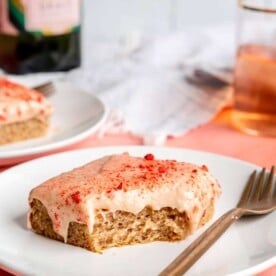
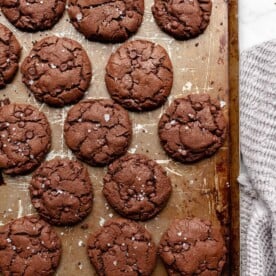
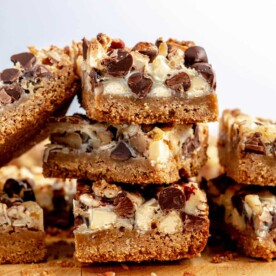
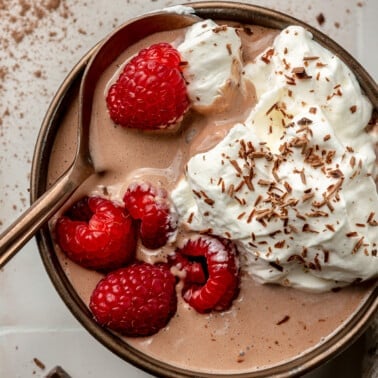


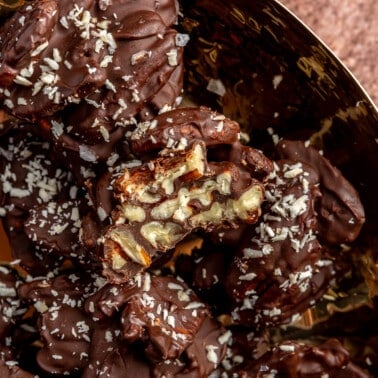










Hi! Which Bob’s egg replacement did you use?
Hi Amy! We used THIS one!
This guide was so helpful! I was in the middle of making cookies and realized I did not have any eggs. Following the guidance here, I used 1/4 cup of applesauce and the cookies turned out extremely well! They were already lactose free, so it’s great to now know I can make great fully vegan cookies!
That’s awesome, Grace!! I’m so glad this was helpful to you!
I know this is an older post, but I came back to it this morning (as I often do) to help me decide how to replace the eggs in a boxed muffin mix. One trick I’ve learned that has helped me with gluten and egg free cakes and muffins is to bake them longer at a slightly lower temperature (say 325 instead of 350). This helps the inside cook through without the outside burning, avoiding the slightly gooey middle you can sometimes get.
Thank you for sharing that helpful trick, Mallory! -Team FF
Thank you SO much for doing this! My oldest son is severely allergic to dairy, eggs, nuts and sesame, so I’ve had A LOT of baking substitution fails over the years. This is such valuable information! Thank you again.
So glad you find this helpful, Beka! You’re welcome!!
I have been waiting for this! I can’t wait to try it. Thank you!!!
Yay – that’s awesome! We’re so glad you find it helpful!
SO THANKFUL for all you ladies that work so hard for others who have “issues”. May God BLESS each and every one of you today and everyday! May you and yours have a WONDERFUL Holiday season
Thank you so much, Kaylynn! That means so much to us!!
Thank you for putting so much work into this. What a great resource!
We’re so glad you’re finding this helpful, Brook!!
Took me years to make “brownies” without eggs. Glossy top. And not cake like we’re so hard to achieve. Wish you had tried cream cheese for those. Honestly 8 oz of cream cheese is my go to substitute for egg in brownies now. Love the detail and thoughtful approach to this article. I will be trying a new substitute for my chocolate chip cookies because of the advice here . ❤️
Great idea, Ann! Thank you! We’re glad you find this article helpful.
Thank you so much for this! It’s perfect timing with the holidays coming up. My son has a severe egg allergy and this helps my house so much. We love using applesauce as a replacement and sometimes it makes cakes tasted even better! I’m checking out the egg replacement from Bob’s now!
Amazing! We’re so glad this will be useful for your family, Sarah!